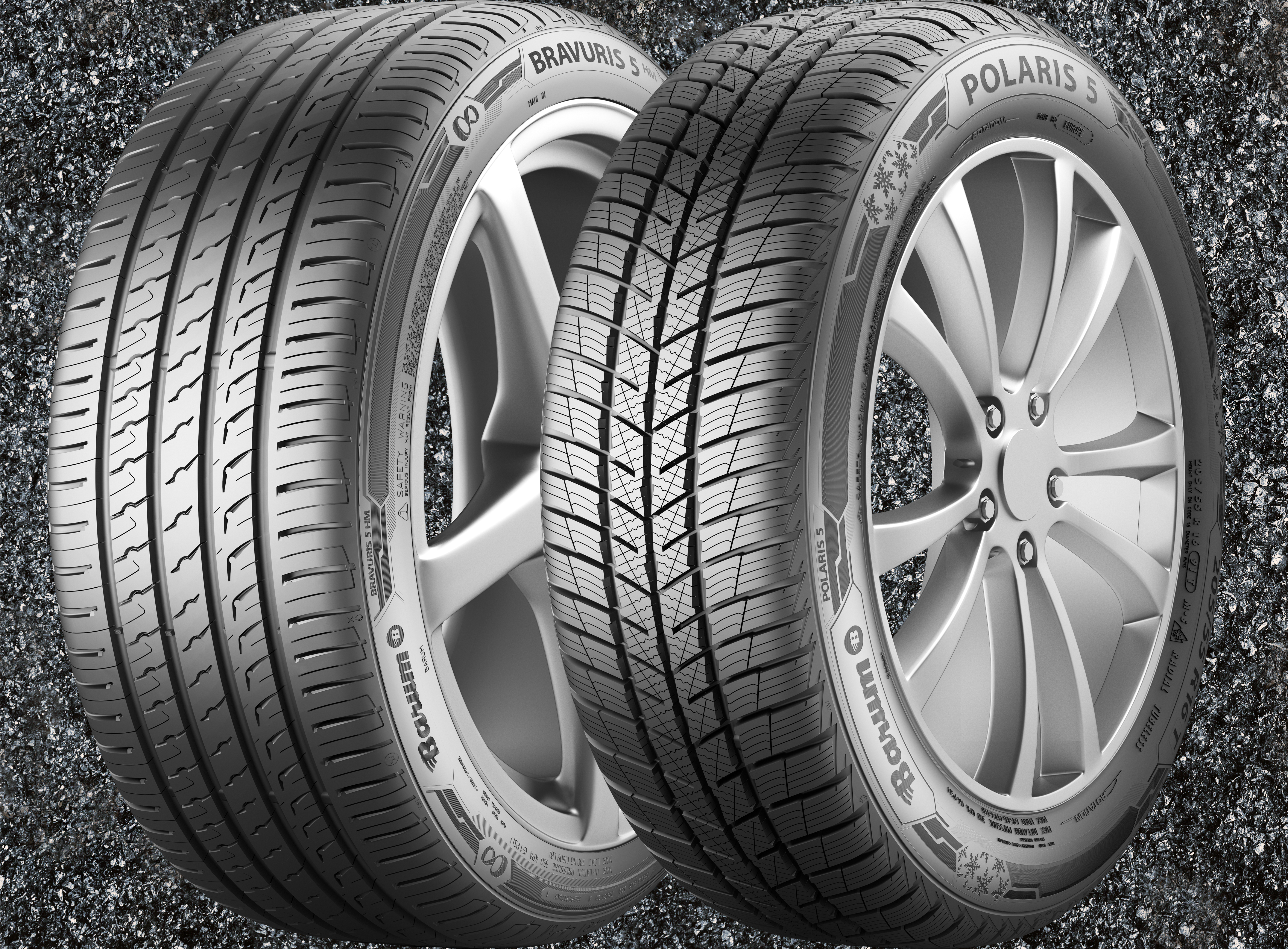
It’s actually very simple. Winter tyres are called such as they are ideal tyres for winter. The same applies to summer tyres and summer. Both have their own strengths which are required during the relevant season. The differences are not obvious at first glance. Whether winter or summer tyres – both are black and round. Why do we have seasonal tyres, then?

What are winter tyres for?
Ice and snow represent challenges for the car during winter. Roads suddenly change into icy terrain, affecting the car’s steering and traction. This is why winter tyres were designed. Winter tyres enhance stability within tracking and improve steering precision via effective power transmission.
The advantages of winter tyres in winter compared to summer tyres:
- greater resistance
- improved grip
- safe steering
- ease of acceleration
- shorter braking distance
Our Expert's Advice:

It is not possible to achieve perfect performance in winter. Winter tyres merely improve conditions on icy roads. A proactive manner of driving is required. On icy roads in particular: ease off the accelerator, steer carefully and avoid rapid acceleration or urgent braking where possible.
What are summer tyres for?
In short: Winter tyres enhance safety. So why do we have summer tyres at all? You don't need to worry about icy roads or snowy areas. Can you drive with winter tyres all year round?
Admittedly, there is no legal obligation to use summer tyres. Summer tyres are recommended from April to October without legal requirements. The reason: Winter and summer tyres are produced differently. If you are driving with winter tyres in summer, expect the braking distance to be somewhat longer. The braking distance of summer tyres is seven metres shorter even at 15 degrees Celsius. Also, summer tyres provide noticeably better handling at higher temperatures due to their particular features.
The advantages of summer tyres in summer compared to winter tyres:
- better braking
- greater driving comfort
- better grip in bends
- lower fuel consumption
- better performance when aquaplaning
Our Expert's Advice:

Those who change their tyres regularly save money. Removing the winter tyres in summer protects the deep tread depth on the tyres. The less worn they are, the less the need to buy new ones.
Tread and material make the difference
Depending on the season, seasonal tyres also offer other features. What exactly do they do? Where is the difference?
The secret is a combination of the tread and the material. Closer examination of the tyres reveals the following: The treads are formed differently. Winter tyres have a particularly deep tread thickness. The deep tread grooves can take hold of the snow and improve grip as a result. Numerous little cutouts – also known as lamellae – also help achieve this effect. Summer tyres do not require these. They have a lower tread height instead, meaning a larger surface area is in contact with the road. This improves driving comfort on dry roads, as well as braking.
Another special feature of seasonal tyres is the particular rubber compound. Winter tyres have a particularly high proportion of natural rubber. The tyre is softer and, as a result, offers stable traction. Summer tyres contain less natural rubber and are therefore not quite so soft. This means they provide better grip during milder temperatures. As the weather gets colder, summer tyres become more rigid and therefore unstable. When temperatures fall below seven degrees Celsius, it is better to use winter tyres.

